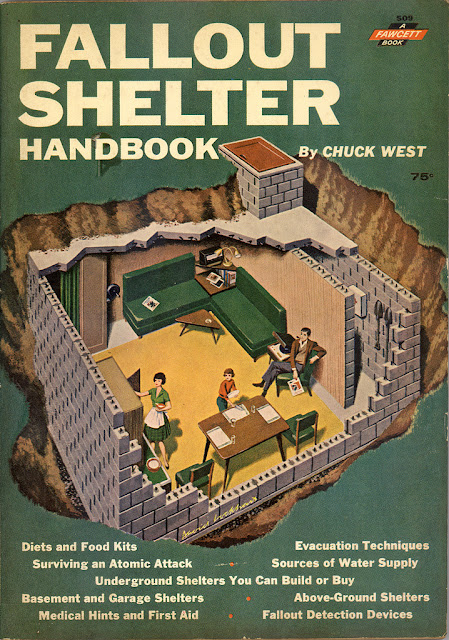 |
| (Tomorrow) |
When I first stumbled upon the comic “If Jeffrey Dahmer had been a Right Wing Pundit,” I laughed and then immediately felt uncomfortable for laughing. Comparing a person or group of people to someone who has committed violent atrocities is always questionable, but I believe the sheer absurdity of this comparison, a serial killer and cannibal with right wing pundits, is what makes this 2005 comic from the series This Modern World an effective criticism of both right wing pundits and the apathetic news media that sensationalize them. Specifically, the reactions to Dahmer’s outrageous claims of cannibalizing liberals and the comic’s allusions to specific right wing pundits are what make the comic both compelling and darkly humourous.
The comic purposely exaggerates the political and news media climate with an extreme figure, Jeffrey Dahmer, to argue that the political and media climate allow pundits to get away with saying whatever they like without being critically challenged. Even when Dahmer’s assertion that liberals should be cannibalized is challenged in panel four, Dahmer responds, “Of course you don’t [agree with cannibalizing liberals], Alan—you’re a liberal!” This response parodies and draws emphasis to the stereotypical attitude of partisan politics that has come to dominate many news media programs and, because it uses murder and cannibalism as its subject matter, points out how insane a dangerous this attitude is.
 |
| (Platon) |
Also, “If Jeffrey Dahmer had been a Right Wing Pundit” is an effective criticism because it makes allusions to specific pundits and news media. For instance, the fifth panel references the now defunct Fox News pundit program “Hannity and Colmes,” as indicated by the Fox News logo and caricature of liberal pundit Alan Colmes, and parallels Dahmer with the show’s conservative voice, Sean Hannity. Similarly, the next panel is a direct spoof of Ann Coulter’s 2005 Time magazine cover, right down to the caption “is he kidding… or just hungry?” which mirrors the original, “Is she serious or just having fun?” The directness of these references is effective because they give the comic a focused target for its criticism, making its satire all the sharper, and give it specific historical and social context.
Tomorrow, Tom. “If Jeffrey Dahmer had been a Right Wing Pundit.” Cartoon. www.thismodernworld.com. 31 May 2005. Web.
Platon. “Ann Coulter: Ms. Right.” Photo. Time. 25 April 2005. Cover.


